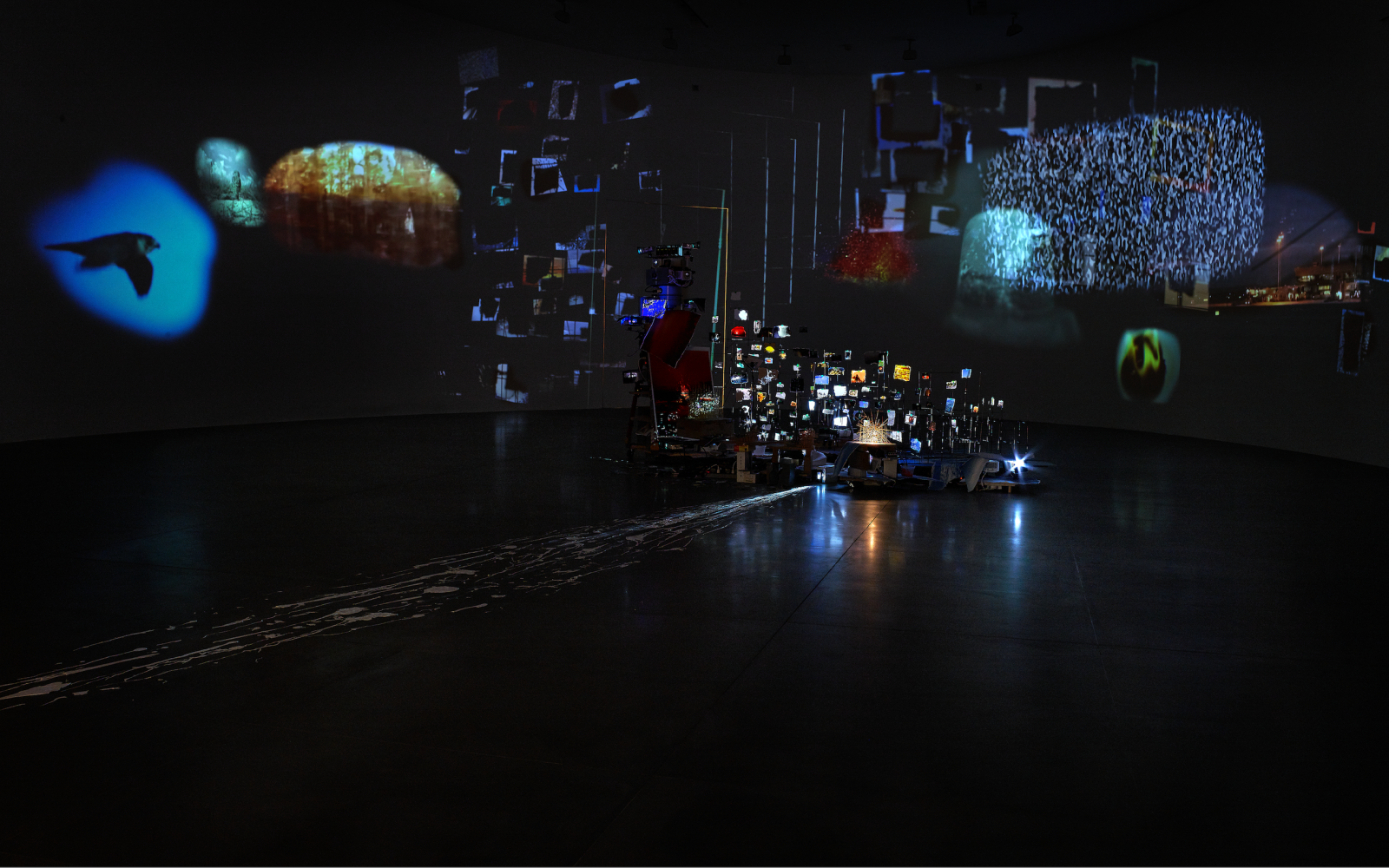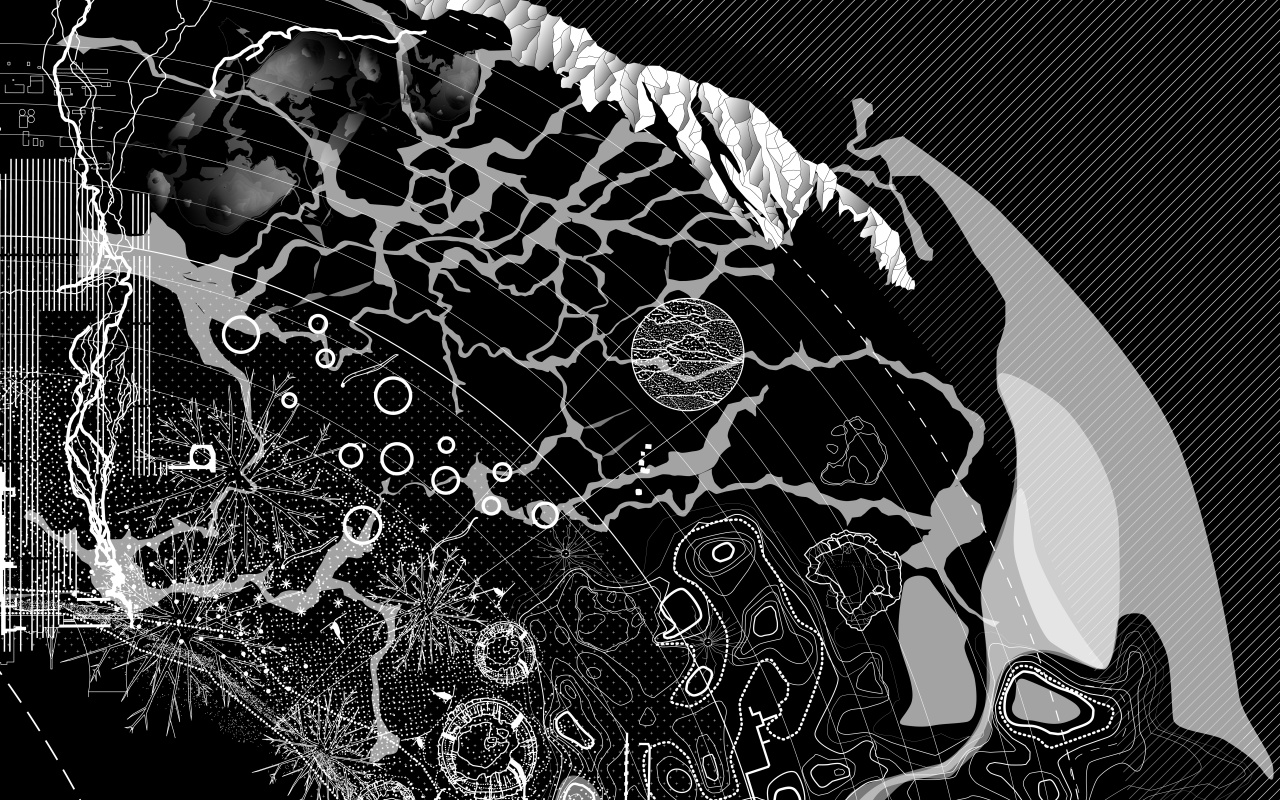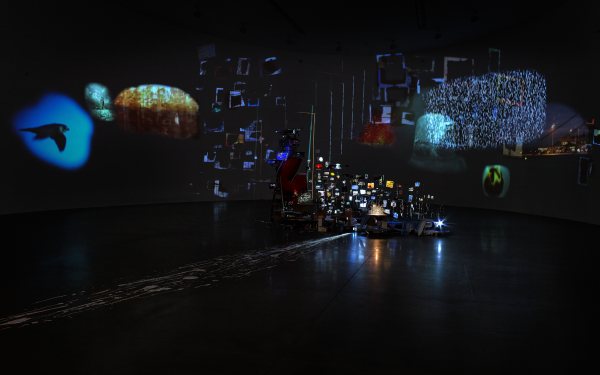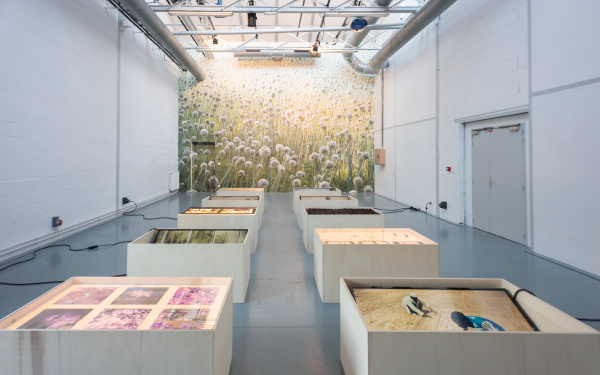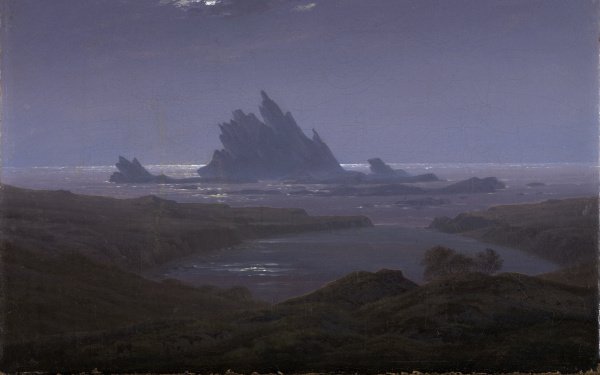Bruno Latour on CRITICAL ZONES
An Exhibition at ZKM Karlsruhe 2020
Disorienting
As everybody learned at school, each time the position of the Earth in the cosmos is modified, a revolution in social order ensues. Remember the Galileo affair. When scientists made the Earth move around the sun, the whole fabric of society felt under attack. Today, again, four centuries later, the role and the position of the Earth is being revolutionized by new sciences: it appears that human behavior has pushed the Earth to react in unexpected ways. And once again, the whole organization of society is being subverted. Shake the cosmic order and the order of politics will be shaken as well.
Because of this crisis in cosmic and social order, people are disoriented. Those who, until recently, were still moving toward the promise of globalization and indefinite development, suddenly realized that there is no Earth compatible with the promises of globalization. A total disconnect is now visible between the horizon of the Globe and the real position of the Earth. Many of us feel puzzled, suspended, arrested, betrayed. It is as if we no longer know on which land we reside, to which period we belong, and what sort of person we should be.
What has led us to this impasse? Who is responsible for this betrayal? Where are we supposed to land? What sort of citizen should we try to be?
Hence the extraordinary return, everywhere at the same time, of the questions of what sort of people inhabit what sort of soil. Just at the moment when it becomes clear that the sovereignty of Nation States is inadequate to deal with the crisis, many people are clamoring for a return to the safety and protection of secure borders, to the point that a conservative revolution threatens to swallow the fragile fabric of liberal institutions. Others are still waiting for a restart of globalization. Some wish to accelerate the pace of modernization. Many others have already moved to different ways of inhabiting the Earth. It is as if the quip: »You and I don’t seem to live on the same planet« had taken a literal meaning: »Indeed, we don’t live on the same planet«!
Planetary disputes have become our new form of universal concern; conflicts over land are everywhere but our embattled concern is a wicked form of universality: we are all lost in space!
Landing
In the midst of such a general crisis, is it possible to explore alternative ways for a people to inhabit a land? Yes, if we modify both terms at once: what is a land and what is a people.
The first surprise is to realize that up until now we have been limited to a very sketchy idea of the land we inhabit. The images of the Earth from out in space led us to believe that we humans live on the surface of a globe. In effect, we appear to subsist on what some groups of scientists prefer to name a critical zone.
»Critical« because it is far from equilibrium; because it is fragile; because it is disputed; and because it is an interface between the deep earth below and the vast expanse of space above. They call it a »zone« because it is still largely unknown; because it differs from what used to be called »nature«; because it has a topography very different from that of a planet viewed from space; and above all, because its entire variegated fabric has been engineered by life forms over vast eons of time. No matter how complex its native geochemistry has been, life forms have added to it many layers of complexity. The result is this enigmatic and idiosyncratic figure some scientists have called Gaia inside which all beings are enmeshed.
At the scale of the usual planetary view, the thin surface of the critical zone is barely visible, it being only a few kilometers up and a few kilometers down at most. It is no more than a varnish, a thin mat, a film, a bio film. And yet, pending the discovery and contact with other worlds, it is the only site that living beings have ever experienced. It is the totality of our limited world. We have to imagine it as a skin, the skin of the Earth, sensitive, complex, ticklish, reactive. That’s where we all live—cells, plants, bugs, beasts and people.
Various networks of critical zone observatories allow scientists of different disciplines to work together to fathom the originality of this skin and its reactivity to human action. Those networks of instrumented sites allow multiple disciplines to build another layer of reflexivity on top of all those already developed by States, citizens, activists, farmers, industrialists, thereby increasing their sensibilities to the shape of the critical zone and its regional variations. With reflexivity come the controversies about the limits of and ways to inhabit this thin, small and fragile abode. Nobody seems to agree on how to list and assemble the constituents making up those territories.
What is sure is that the shape, feel, aspect and destiny of this critical zone is as different from the planet Earth discovered in the 16th century as this one was from the ancient cosmic order. Everything happens as if we were all shocked by the discovery of a new land, except it is the same old land but totally transformed. To the surprise of all, Earth appears as terra incognita all over again.
Populating
Faced with such a surprising discovery, the Moderns suddenly realize that they were never sure of the land which they had to inhabit and never clear about what sort of people they were ready to assemble.
No wonder, since the Moderns always occupied, in addition to the territory they could survey, manage, possess and protect by a well delineated border, a vast hinterland that was the real source of their wealth: colonies, coal, oil, gas, mines, and vast array of life forms they remorselessly exploited. If modernity was always out of kilter, it is because of this total disconnect between a land where law and freedom were guaranteed and another land for which nobody felt any responsibility even though they were dependent upon it. In addition to the legal territory there was a real territory, a ghost territory where sources of wealth were located.
The present crisis is that progressively the Moderns realize they can no longer count on this vast and unlimited reserve for their future prosperity. Modernization, development, globalization appear to have been a fortunate and undeserved parenthesis that is now coming to a close. This is why there is the general feeling that from the old Ancien Régime we have passed to a New Climatic Regime.
Hence the strange realization that we should start again to think about what it means to be a people. It might no longer be defined as a collection of humans exploiting the resources of a soil through a system of production, but rather the many contradictory and disputed assemblages of all sorts of entangled life forms striving to persist in time and expand in space a bit more. The old distinction between society and nature is being replaced by an agonizing process of composition among agents — humans and non-humans — all clamoring for recognition.
Politics has expanded well beyond the narrow limit of human polities. The question no longer seems to be for humans to profit from their freedom in a world made of mere things, but for humans to learn how to swap their agency with countless life forms, each of them having their own ideas about what counts as freedom and about which sort of territory they wish to expand. A geopolitics of life forms has taken over all the questions of rights, freedom, property, responsibility and justice that have been reserved until now only for humans.
Such a metamorphosis of politics obliges the Moderns to look differently at the rest of the world. Entire cosmologies which had been discarded as archaic and definitely outmoded, suddenly take a vital relevance. It seems urgent to ask those collectives that are no longer primitive but fiercely contemporaneous: »How did you understand the link between your people and your soil? How did you survive? How can we learn from you?«.
And then there are questions that oblige the former Moderns to revise their own past. What exactly happened when some industrial societies believed they could escape the older gravitational field of the Earth? How are they to reassess the role of those who have always disputed the apparently irreversible movement of history that is now coming to an abrupt stop? Why was it that the old questions of land and people had been pushed aside and considered reactionary whereas today everybody is once more looking somewhat desperately for a durable ground, a kind of Heimat?
Exhibiting
All those questions are much too vast to be treated head on. Fortunately, it is possible to approach them through a scale model, that is, a fictional space where the different parameters just reviewed can be simulated.
A contribution by Bruno Latour.
The limited space of an exhibition is ideal to give the visitors, in a few hours, a preview of the critical zones on which, at some point, they will have to land for good. In a way this thought-exhibition builds a fictional critical zone observatory for viewing the critical zones!
